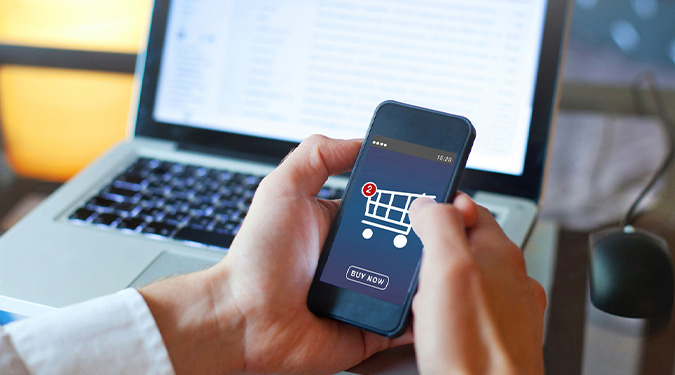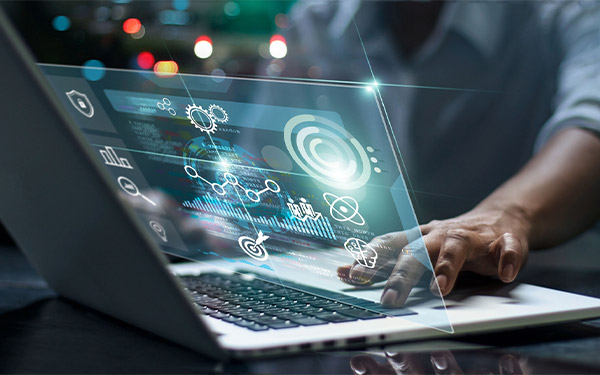Table of Contents
Over the past few years, transformation has been a key corporate buzzword – and for good reason. The aftermath of a consistently volatile business landscape has compelled B2B companies to refine their strategies, with an acute focus on fostering adaptability and resilience.
Heading into 2024, increased operational flexibility and efficiency will remain top-of-mind for business leaders. For procurement specifically, intelligent purchasing solutions and automation will be key. Best-in-class organizations have already implemented technologies that streamline and automate buying while providing more control over procurement processes, and they are now taking steps to get further value from their procurement investment via integration with trading partners.
The shift toward more digitally integrated purchasing solutions impacts the way B2B buyers and suppliers transact. As we navigate through 2024 and beyond, here are three ways procurement automation and integration will continue to shape purchasing, technology, and partnership decisions:
1. eProcurement Integration Delivers Real-Time Data for Confident Purchasing
It is absolutely essential for procurement teams to have real-time visibility into pricing and product availability. Inventory levels change rapidly and products quickly go in-and-out of stock, making it all the more important for teams to make fast purchasing decisions with the most up-to-date information available.
Solutions such as PunchOut catalogs enable purchasing teams to access and browse dynamic catalogs directly within their eProcurement solutions. Even better, buyers can automatically and seamlessly transfer cart data back into their procurement solution – allowing them to streamline the internal approval process and maintain proper purchasing compliance while quickly procuring the products they need.
2. Invoice Automation Streamlines Three-Way Matching and Reconciliation
Invoice Automation streamlines the invoicing process by translating and delivering supplier invoice data electronically into buyer eProcurement systems. This integration not only reduces discrepancies and fosters quicker payment processes, but it also significantly improves the PO-to-invoice reconciliation process.
Invoice reconciliation is a tedious but necessary step in the purchasing process. Historically, companies were required to manually review and match purchase orders, invoices and goods receipt line-by-line. Not only was this time and resource-intensive, but the manual nature of this process was also highly prone to error, which can then lead to processing delays and late payments.
Automated three-way matching significantly reduces the time, effort and error-rate associated with invoice reconciliation. This process combines the electronic transfer of PO, Invoice and Advanced Shipping Notifications to expedite data matching between buyer and supplier systems.
3. Partnering With a Third Party Accelerates Supplier Onboarding
Supplier integration plays an important role in procurement automation. However, onboarding suppliers to eProcurement solutions can be technically complex and time consuming.
Buyers are increasingly partnering with procurement integration specialists to achieve quick and efficient supplier onboarding. Outsourcing to a third party gives buyers all the benefits of integrated B2B commerce without requiring large-scale internal resources. In addition to helping buyers connect their suppliers to their eProcurement solution, partners like TradeCentric also host and maintain the integration infrastructure for long-term success and scalability.
Tools such as the TradeCentric Business Intelligence Portal give buyers and suppliers access to real-time data visibility into transaction and spend data, enabling B2B businesses make decisions with confidence.
In an increasingly complex and digital B2B commerce landscape, buyers continue to seek ways to streamline key aspects of the procure-to-pay process. Procurement automation and integration will continue to be a key driver for efficiency in 2024.




